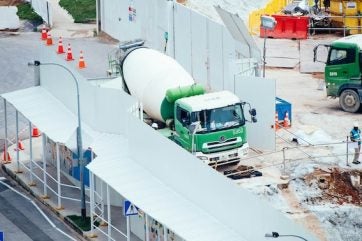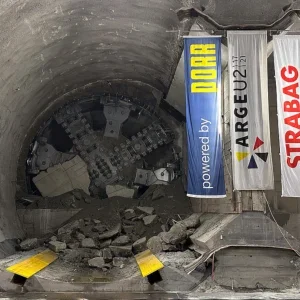
The method, which the researchers say is “an absolute miracle”, uses the electrically-powered arc furnaces used for steel recycling to simultaneously recycle cement, the carbon-rich component of concrete.
Concrete is the second most-used material on the planet, after water, and is responsible for approximately 7.5% of total anthropogenic CO₂ emissions. A scalable, cost-effective way of reducing concrete emissions while meeting global demand is one of the world’s biggest decarbonisation challenges.
The Cambridge researchers found that used cement is an effective substitute for lime flux, which is used in steel recycling to remove impurities and normally ends up as the waste product slag. By replacing lime with used cement, the end product is recycled cement that can be used to make new concrete.
The researchers say the cement recycling method does not add any significant costs to concrete or steel production and significantly reduces emissions from both concrete and steel, due to the reduced need for lime flux.
Recent tests carried out by the Materials Processing Institute, a partner in the project, showed that recycled cement can be produced at scale in an electric arc furnace (EAF), the first time this has been achieved. Eventually, this method could produce zero emission cement, if the EAF was powered by renewable energy.







